Size is number of elements present in a vector
Capacity is the amount of space that the vector is currently using.
Let's understand it with a very simple example:
using namespace std;
int main(){
vector<int > vec;
vec.push_back(1);
vec.push_back(1);
vec.push_back(1);
cout<<"size of vector"<<vec.size()<<endl;
cout<<"capacity of vector"<<vec.capacity()<<endl;
return 0;
}
currently size is 3 and
capacity is 4.
Now if we push back one more element,
using namespace std;
int main(){
vector<int> vec;
vec.push_back(1);
vec.push_back(1);
vec.push_back(1);
vec.push_back(1);
cout<<"size of vector"<<vec.size()<<endl;
cout<<"capacity of vector"<<vec.capacity()<<endl;
return 0;
}
now
size is: 4
capacity is 4
now if we try to insert one more element in vector then size will become 5 but capacity will become 8.
it happens based on the datatype of vector, as here in this case vector in of type int, as we know size of int is 4 bytes so compiler will allocate 4 block of memory ..and when we try to add 5th element , vector::capacity() is doubled what we have currently.
same keep on..for example : if we try to insert 9th element then size of vector will be 9 and capacity will b 16..
